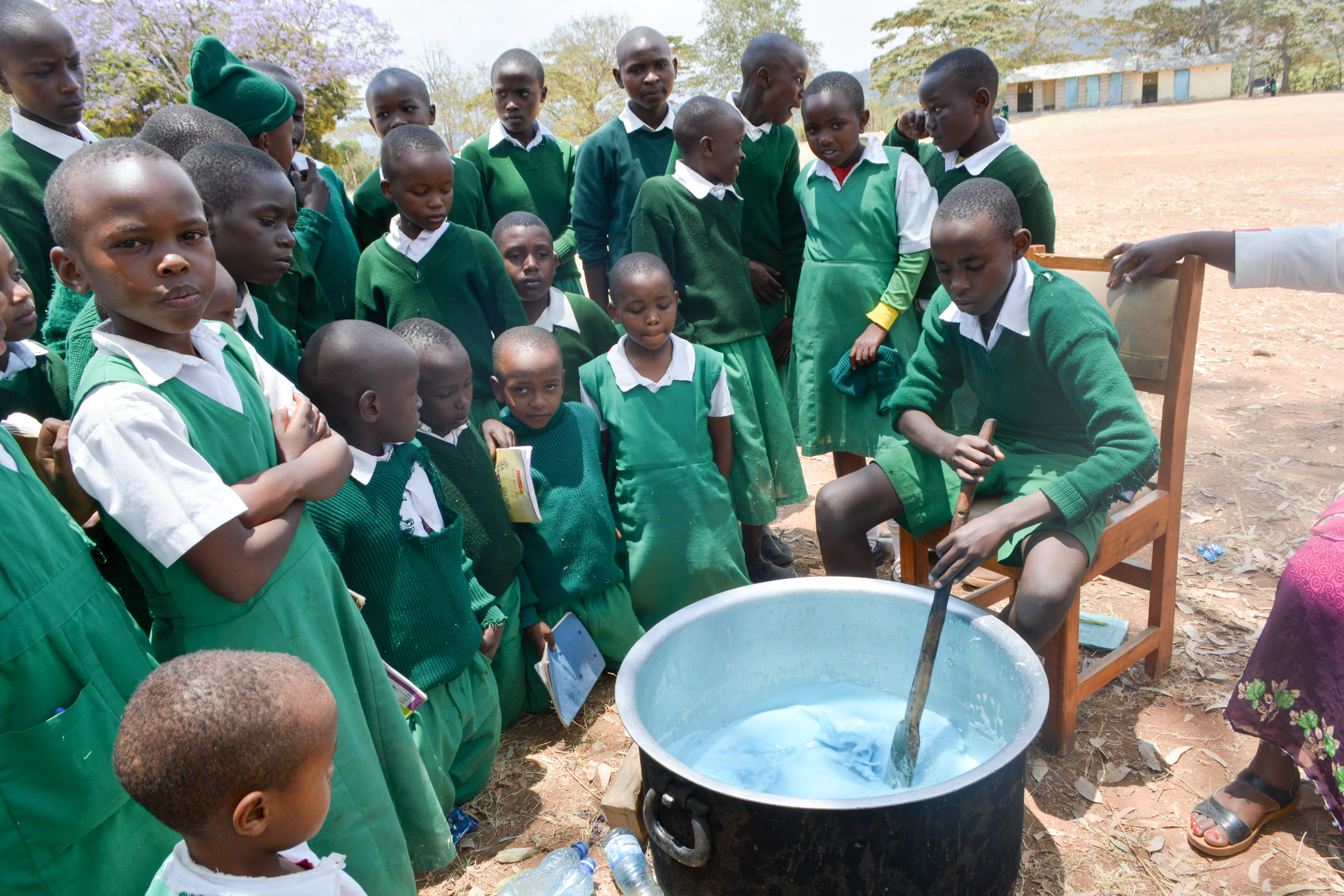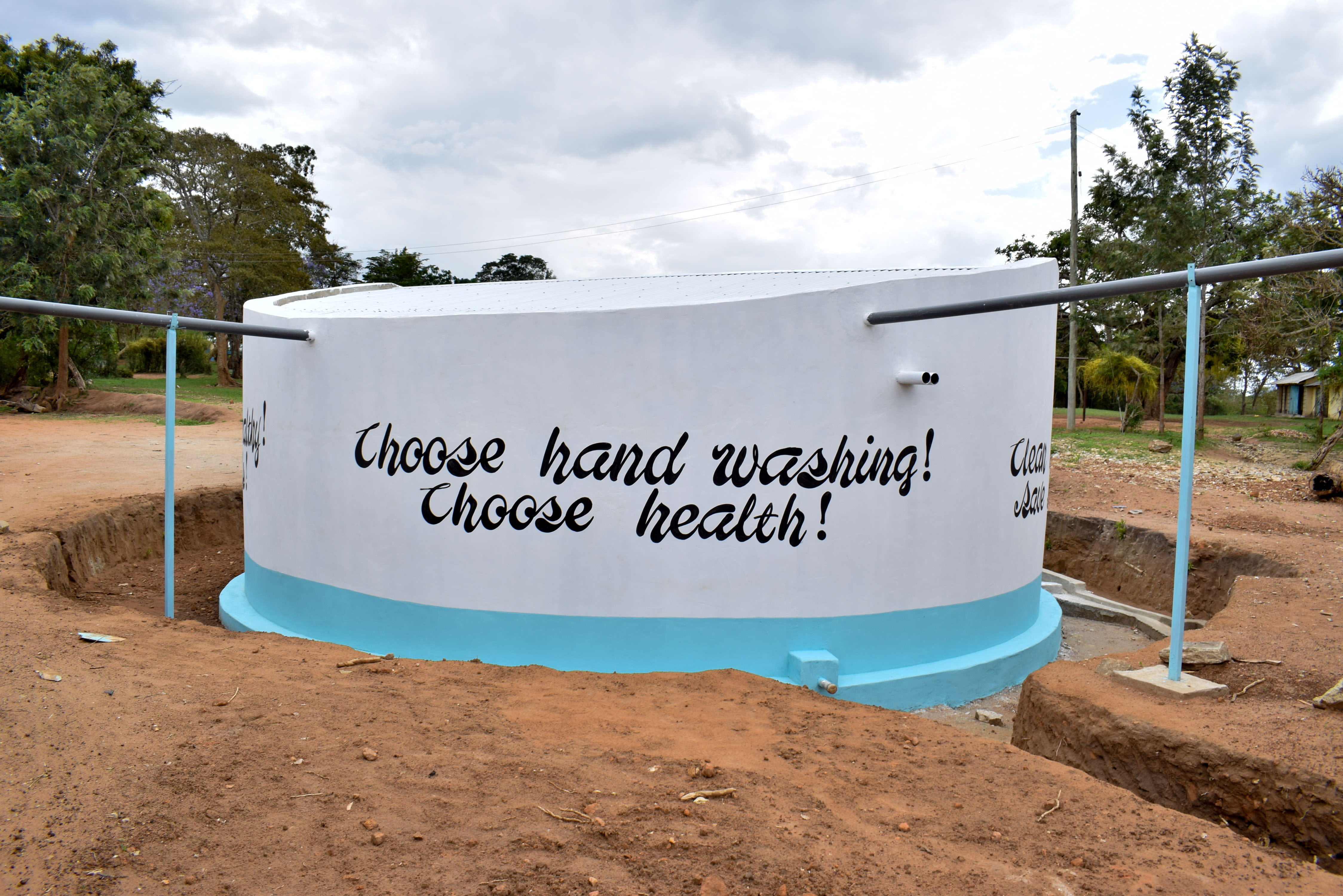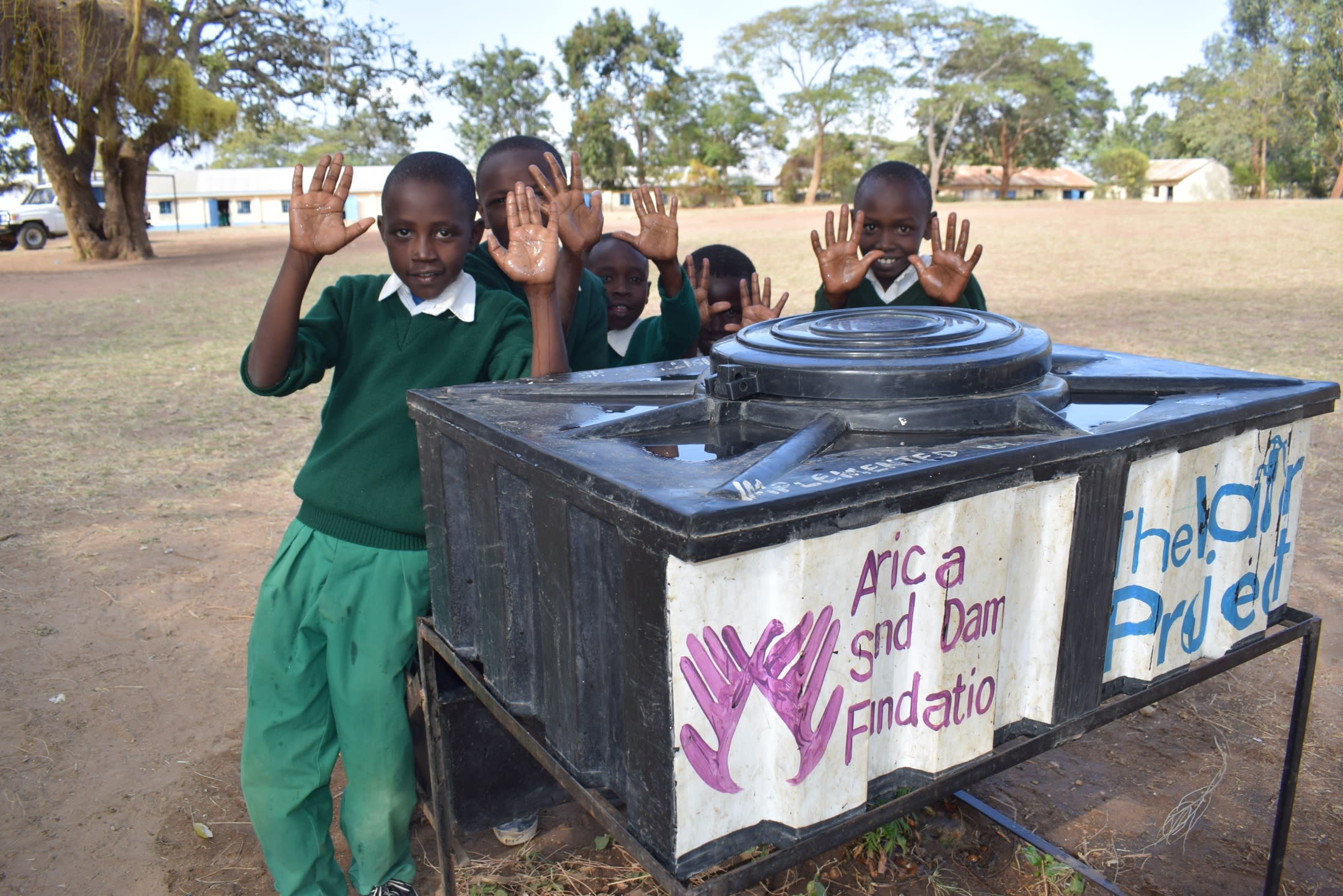Kitooni Primary School is located five kilometers to the west of Masii Town. It is a calm and peaceful rural area. An aura of fresh air welcomes you upon arrival, emanating from the cluster of trees planted in the school. Most of the classes are made of bricks and also have good roofs.
The school was started by the Seventh Day Adventist Church in 1964, which then handed it over to the government for legalization. This school is still sponsored by the church and has grown through the support of the parents and the government.
The students are taught six subjects which are mandatory; English, Math, Kiswahili, Science, Christian Religious Studies and Social Studies. Recently, the school introduced Music, Arts & Crafts and Environmental Education. The extracurricular activities that are available in the school are volleyball, football, athletics, netball, and handball.
Students and staff rely on a pair of rainwater tanks for their water supply. They are too small to hold enough water for the school population, so they run out in a matter of months. The school then turns to water vendors (local people who fetch water from different sources, sometimes dirty), paying 100 shillings ($1) for every 50 gallons of water.
That water is stored in large plastic tanks, but waterborne diseases are rampant due to improper storage. The financial burden of buying water is amplified by the health burden of consuming the dirty water - which leads to money spent on treatment and student time out of class.
The water shortage contributes to the fact that there are no handwashing stations near the latrines.
"The sanitation challenges are not insurmountable, but need a boost in terms of increased access to clean and sufficient water to make conditions more bearable," noted Titus Mbithi, report writer.
Here’s what we’re going to do about it:
Training
Students and staff will be trained for one day. Those in attendance will form a school health club that will promote good hygiene and sanitation practices both at school and at home. They will learn all of the steps to proper handwashing, how to treat water, and how to keep their environment clean. The school will also be taught how to best oversee and maintain their new rainwater catchment tank and handwashing stations.
Handwashing Stations
Three handwashing stations will be delivered at the project’s completion. These are 1,000-liter plastic tanks fitted with four taps. The health club and school management will be responsible for making sure tanks are filled with water and that a cleaning agent such as soap or ash is available.
Rainwater Catchment Tank
We will build a 104,000-liter rainwater catchment tank for this school. This water will benefit the students, teachers, and supplementary staff. Parents will mobilize the materials needed for construction, such as sand and stone. They will also lend some strong arms to help with the actual construction.
The huge capacity of this tank makes the others look tiny in comparison; 104,000 liters should be enough water to carry students and staff through the entire dry season. As soon as the tank has time to cure, it can begin to collect rainwater for drinking, cooking, and cleaning!

 Rainwater Catchment
Rainwater Catchment
 Rehabilitation Project
Rehabilitation Project



































